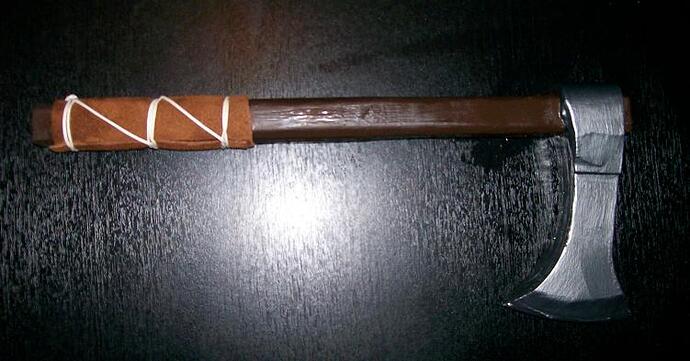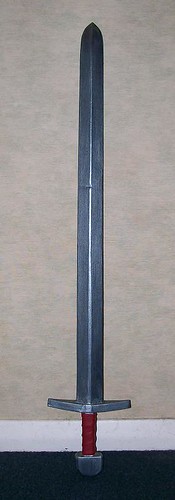Sadly I’m in PN this weekend. But I will be down next weekend for the Chak’ta Peace Accords.
Yeah - that’s likely to be the most common failure mode. One I saw last night layered the base of the soft foam into the 3-layer sandwich of hard foam, rather than having a straight line join. And cloth reinforcement on the outside will help (though also potentially mess up the latexing).
Or more importantly get a feel for it. But my first experiment is going to be an actual weapon - just an attempt at a head on a spare dagger core, to see how it goes together. I don’t want to waste a lot of time sticking together components for a weapon that can’t be used.





